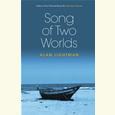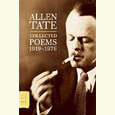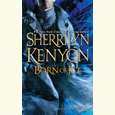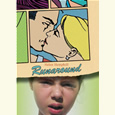The Human Whisperer
On an early spring day, a visitor comes to Nashville’s Julia Green Elementary School. Her name is Emma, and she sits on the floor on a lime green blanket, in front of low shelves packed with books. Before long, a first-grader named Meghan joins Emma and reads her a story, finding her way slowly but confidently through the unfamiliar words. How does a dog help a child learn to read? Rachel McPherson, author of Every Dog Has a Gift: True Stories of Dogs Who Bring Hope & Healing into Our Lives, will be at Davis-Kidd Booksellers in Nashville on April 13 at 7 p.m. to discuss her book about therapy dogs like Emma.




